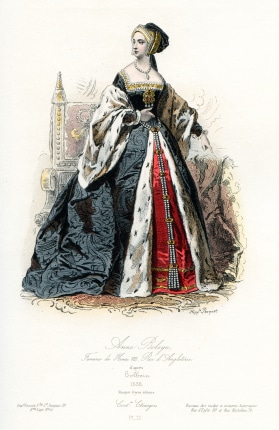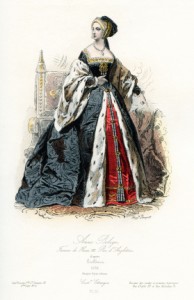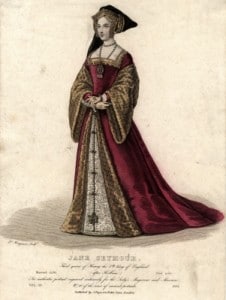Poem – The Downfall of Queen Anne

“The Downfall of Queen Anne” is Part 29 of Esther Hyams’ series of poems on the life of Anne Boleyn, from childhood to her fall and execution.
The Downfall of Queen Anne

Spring 1536, The English court was an exciting place to be
Awash with rumours of rise and fall for all to hear and see.
But for the Queen, Anne Boleyn felt so hurt and endangered
She had no power base, surrounded by hateful strangers.
But Queen Anne had the bravado to keep up her royal state
Buying silk nightgowns, hair ribbons: spending did not abate.
There was now an anti-Boleyn faction at the English court
Furthering the Seymour’s cause and the favours they brought.
Nearness to the sovereign, was nearness to wealthy power
And who nearer then a possible next wife, a virtuous flower?
Against the Boleyn’s were important members of the household
Including the Lords and nobles who thought the Boleyn’s too bold.
Would there ever be an accord between England and Spain?
Could the Spanish Emperor bear the insult of his aunt’s pain?
But the death of Catherine, the Spanish Dowager Princess
And the idea of Anne being replaced could begin a peace process.

Henry would never return to Rome, but the removal of Queen Anne
Would bring much comfort to joy to many a Catholic man.
Chapuys and Thomas Cromwell had a secret talk about this
On a dark formidable day for Anne, on 31st March 1536.
Chapuys said that another marriage would be to Henry’s gain
Cromwell agreed, resolution with Spain could be regained.
There were three steps to Queen Anne’s speedy downfall
And this secret conspirator’s talk would crown and seal it all.
The first two was the miscarriages and Catherine’s death
These three things would bring Queen’s Anne’s last breath.
Chapuys had heard of King Henry’s new fancy and infatuation
Jane Seymour’s refusal of royal gifts brought contemplation.
This act had been done in a way very sweet and demure
To the devilry and malice of Anne, this would be a cure.
Many felt that Jane had showed some modest virtue
That was far from Anne Boleyn’s dark eyes and radical views.
By Esther Hyams